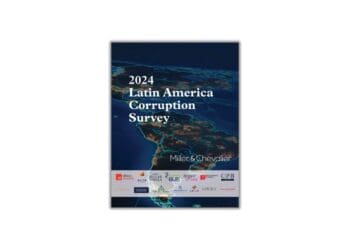with contributing authors Arpi Lal and Sarah Nguyen
Financial institutions play an important role in assisting law enforcement agencies with the identification, investigation and eventual prosecution of criminals. In fact, financial institutions are on the front lines of the attack against fraudsters, money launderers and terrorists. The filing of a Suspicious Activity Report (SAR) form is both the mechanism and most effective means of communicating questionable activities of potential suspects to law enforcement. FinCEN recognizes the importance of providing clear and thorough reporting and last year updated the SAR form to better capture valuable information. The SAR Form 111 has been substantially revised, with more than double the reporting fields on the prior form. Within each of these fields are numerous options to identify the activity, type of activity and monetary instruments involved in the reported transactions.
When these new form fields are completed effectively and coupled with the requested narrative and any optional additional data, filers can provide a sufficiently comprehensive report to preclude the need for law enforcement to reach out to the institution for additional information. The SAR form provides law enforcement with the critical elements to determine the who, what, where, when and how of an incident in a structured and detailed manner, while remaining clear and concise.
These new form fields, numbering almost 100, serve as an invaluable asset to law enforcement. SARs can now be analyzed for very specific patterns, activities and instruments. Utilizing these fields to the greatest extent possible is clearly beneficial – but does not replace explaining the nature of the activity, investigation and findings in the narrative. The older SAR form allowed for a longer narrative, but required all data to be entered within its existing fields. In the new SAR form, law enforcement can benefit from the option to allow financial institutions to attach additional data in supporting files, thereby allowing the narrative to focus solely on describing the activity and findings from the investigation in depth.
Law enforcement relies on the aggregation of information in order to target high-risk fraud rings, drug cartels and terrorist operations, among other types of illegal activity. Financial institutions striving to partner with law enforcement can do so by naming subjects involved in the suspicious activity, populating all relevant form fields and indicating all check boxes that apply. The “other” check boxes should only be used in situations where existing boxes cannot capture the information. These boxes are free-form and should be used carefully. The SAR narrative, on the other hand, should provide all information known about the activity in a chronological manner from the point of referral through the transactions, the internal investigation and any external information received. Where applicable, previously filed SARs should be referenced so that as the activity continues or evolves, there is a clear trail of SAR reporting. By maximizing the information reported on any individual SAR, law enforcement’s queries can produce accurate and targeted results, instead of false positives.
In the SAR narrative, the thought process and decision making used to characterize the activity as suspicious should be supported by the facts identified through the underlying investigation and analysis. For example, the support for naming any parties suspects should be included, as well as support for excluding certain parties as suspects. The suspicious transactions should be presented with as much detail as to dates, amounts and accounts as possible within the character limitations.
Using the more detailed SAR Form fields and providing a concise narrative supporting the information in the fields makes the SAR an effective resource for law enforcement. The most effective SAR is one that is comprehensive, yet user-friendly, detailing all the relevant information to convey the suspicious activity to law enforcement.
The views expressed are those of the author and do not necessarily represent the views of Ernst & Young LLP.










